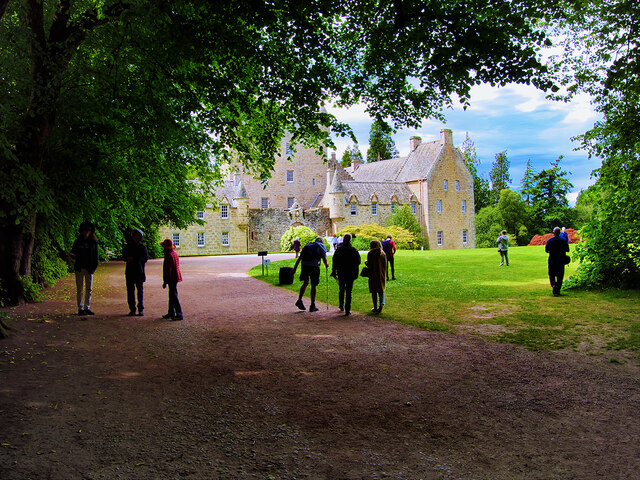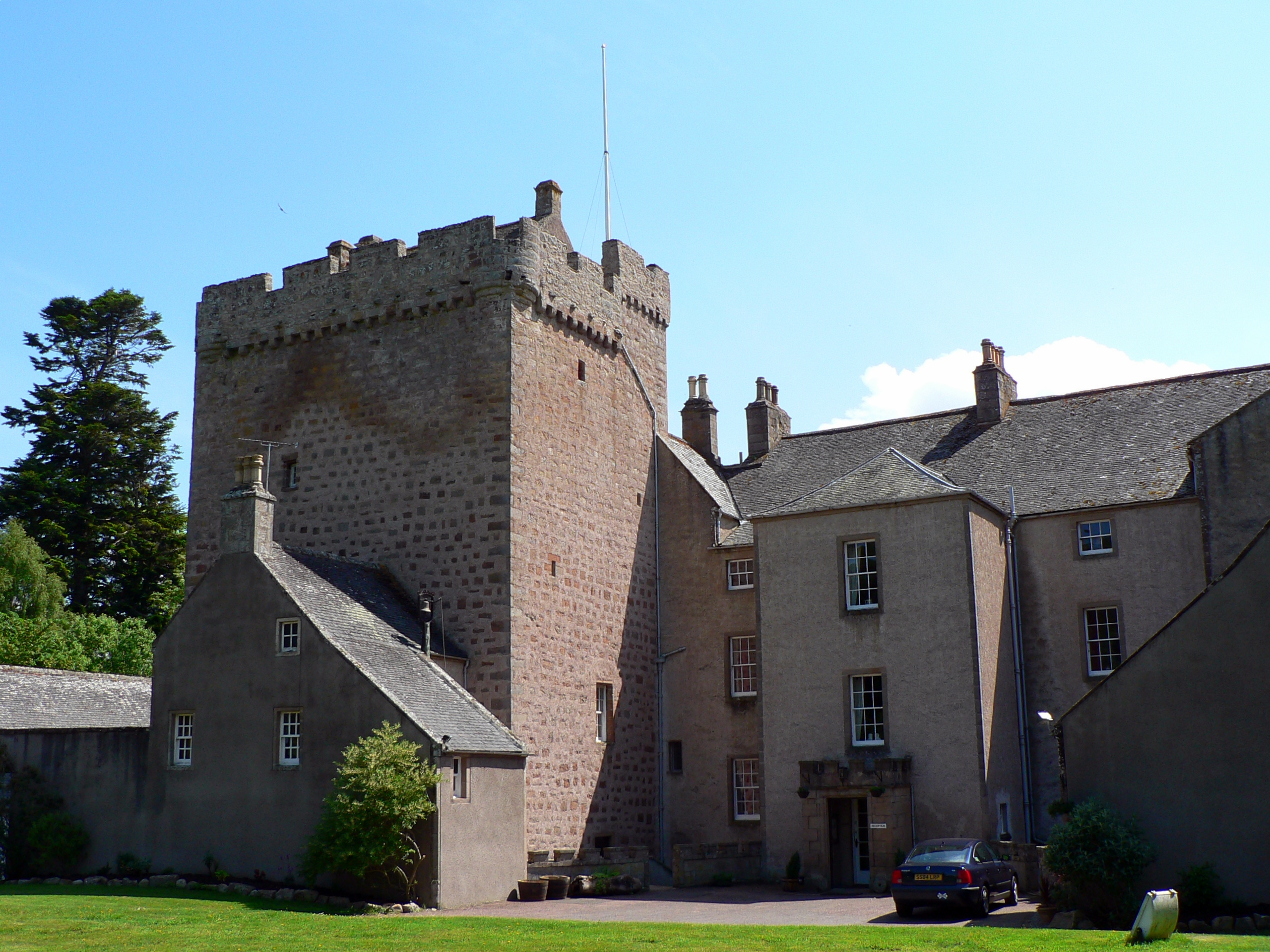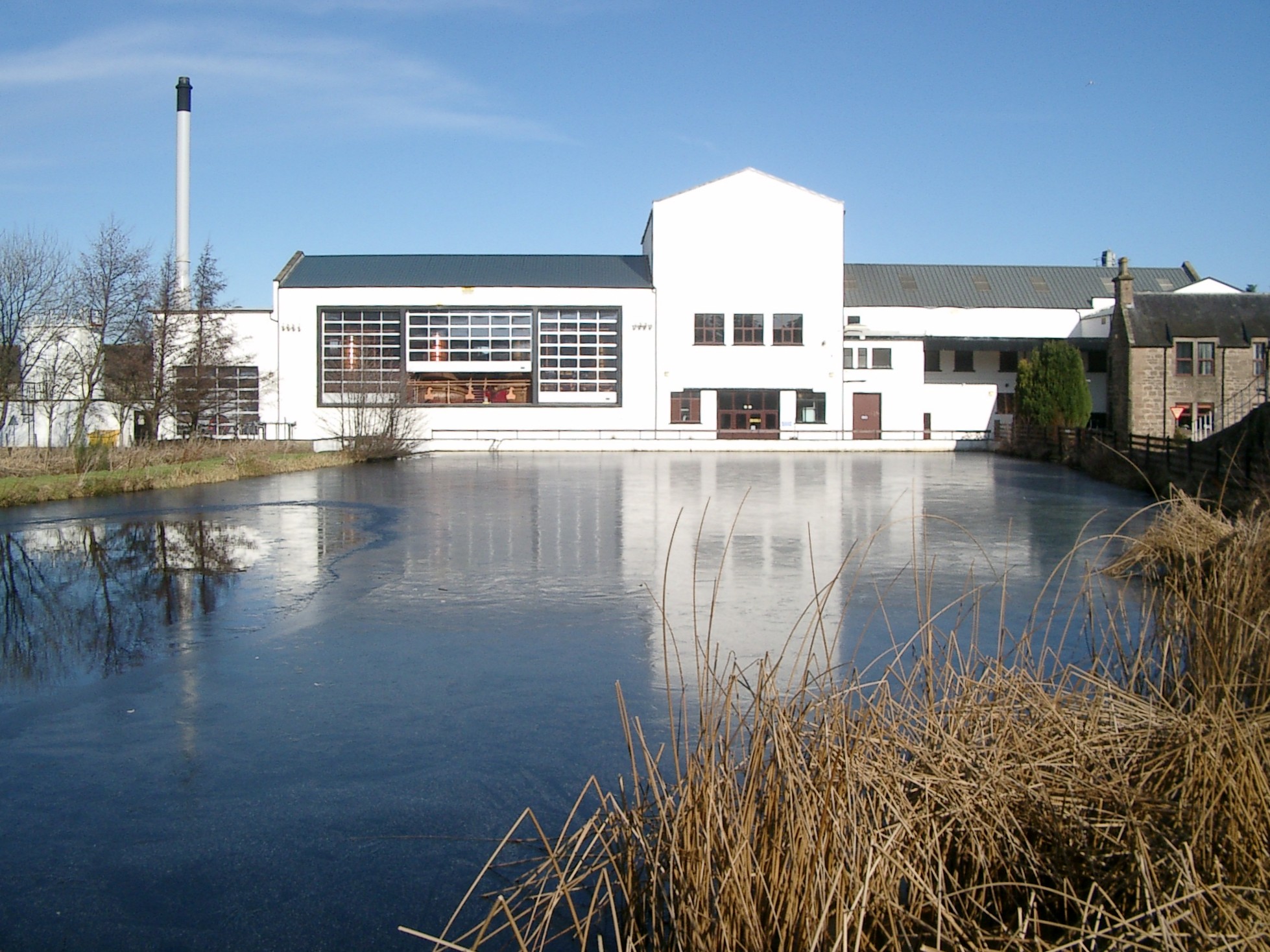Budgate Plantation
Wood, Forest in Nairnshire
Scotland
Budgate Plantation

Budgate Plantation is a picturesque woodland area located in Nairnshire, Scotland. Situated just a few miles south of the town of Nairn, this enchanting forest covers an expansive area of approximately 200 acres. The plantation is nestled within the stunning Scottish Highlands, offering visitors a tranquil and idyllic setting to explore.
The woodland is predominantly composed of native Scottish tree species, including oak, birch, and pine. These majestic trees provide a rich canopy, creating a dense and lush environment that is home to a diverse range of flora and fauna. The forest floor is adorned with a vibrant tapestry of wildflowers, while moss-covered rocks and fallen logs add to the natural charm of the area.
Budgate Plantation boasts an extensive network of walking trails, allowing visitors to immerse themselves in the beauty of this natural wonder. These paths wind their way through the forest, offering breathtaking views of the surrounding countryside. Nature enthusiasts will delight in the opportunity to spot various wildlife species, such as red squirrels, roe deer, and a wide variety of birdlife.
The plantation is managed by a dedicated team of conservationists who work tirelessly to preserve the natural habitat and protect the delicate ecosystem. Educational programs and guided tours are available, providing visitors with insights into the importance of sustainable forestry practices and the conservation efforts taking place at Budgate Plantation.
Whether seeking a peaceful retreat or an adventurous hike, Budgate Plantation offers an unforgettable experience for nature lovers of all ages.
If you have any feedback on the listing, please let us know in the comments section below.
Budgate Plantation Images
Images are sourced within 2km of 57.517016/-3.9430273 or Grid Reference NH8349. Thanks to Geograph Open Source API. All images are credited.





Budgate Plantation is located at Grid Ref: NH8349 (Lat: 57.517016, Lng: -3.9430273)
Unitary Authority: Highland
Police Authority: Highlands and Islands
What 3 Words
///webcams.munched.crusted. Near Nairn, Highland
Nearby Locations
Related Wikis
Cawdor
Cawdor (Scottish Gaelic: Caladair) is a village and parish in the Highland council area, Scotland. The village is 5 miles (8 kilometres) south-southwest...
Cawdor Castle
Cawdor Castle is a castle in the parish of Cawdor in Nairnshire, Scotland. It is built around a 15th-century tower house, with substantial additions in...
Dun Evan
Dun Evan or the Doune of Cawdor is a hill fort located 2.5 kilometres (1.6 mi) south west of Cawdor in the Highland area of Scotland. It is situated on...
Clephanton
Clephanton is a small hamlet 2 miles south-east from Ardersier and 7 miles south-west of Nairn in Inverness-shire, Scottish Highlands. It is in the Scottish...
Kilravock Castle
Kilravock Castle (pronounced Kilrawk) is located near the village of Croy, between Inverness and Nairn, in the council area of Highland, Scotland. It was...
Cawdor (Roman fort)
Cawdor (Roman Fort), located near the small village of Easter Galcantray (15 miles or 24 kilometres east of Inverness), is suspected of being one of the...
Culcharry
Culcharry is a small residential settlement, close to the village of Cawdor and the hamlet of Brackla, lying 4 miles southwest of Nairn, in Nairnshire...
Royal Brackla distillery
Royal Brackla distillery is a Highland Scotch whisky distillery on the Cawdor Estate, near Nairn in Scotland. The distillery is operated by John Dewar...
Nearby Amenities
Located within 500m of 57.517016,-3.9430273Have you been to Budgate Plantation?
Leave your review of Budgate Plantation below (or comments, questions and feedback).















